Samuel Beckett hit the nail on the head when he said: “The greatest part of a writer’s time is spent in reading.” Indeed, it’s only after we’ve studied the work of masters that we are able to amass a foundation from which we can create our best material. However, if you’re new to the world of comics, you may find some of the “classic masterpieces,” such as Watchmen or Maus, a bit advanced as teaching aids or references. I know I’ll get some hate mail for excluding these classics from the list, but hear me out. Though they are definitely ranked among the more important comic books, it takes time to really appreciate exactly what it is that makes these comics so important that they’re studied even in ivy-league colleges. For this reason I think it’s probably a good idea for newer readers and writers to begin their journey by sampling the best of a diverse array of genres. The goal is, of course, to saturate yourself with quality content by deconstructing the the comics themselves and finding out what makes them “tick.”
Adventure: Y The Last Man
Y The Last Man (Brian K. Vaughan, Pia Guerra) is filled to the brim with philosophy, action, and political intrigue. With protagonists and antagonists that stick with you far past the final pages, this comic book series is among the best. Y The Last Man’s wildly original execution stands among some of the greatest feminist texts to have been written in the last twenty years. That said, creators take heed: you’re going to definitely want to pay attention to the characters and how each of them develop – what seems to make them tick, their reasoning behind the choices they make, and most importantly, how they grow over time. Y The Last Man is prime character-study material.
Science Fiction: Saga
Saga (Brian K. Vaughan, Fiona Staples) exists as a kind of Romeo and Juliet space journey. This comic book is a prime example of how you can go about creating intense, visceral settings that almost become characters themselves! While you’re reading, make sure to note how the variety of settings create feelings of “otherness” among the characters as well as how the characters react within those settings. Pay special attention to the color schemes that are used throughout the comic as well (the way in which the color choices within the various environments reflects the emotions of the characters while also reinforcing the emotions that the audience is supposed to experience in that moment).
Epic Gothic: The Walking Dead
When I say “epic,” I don’t mean the mainstreamed usage of the word. I’m talking about an expansive, seemingly endless journey undertaken by characters who face constant tragedy and hardship. The Walking Dead (Robert Kirkman, Tony Moore, Charlie Adlard) puts the characters through so much trauma, even Odysseus would blanch. Yet the characters endure; Rick and his crew survive hordes of brutal zombies and, often worse, the savagery of regular humans. The Walking Dead is another prime example of character development, though in a very different way than Y The Last Man. Where Y The Last Man molds Yorick into a self-confident, conscientious person, The Walking Dead propels its cast in the opposite direction. One of the greatest things about The Walking Dead is that the characters are constantly evolving and changing based upon the events that take place. It’s a great example of perpetual character development that shows no signs of stopping.
Fantasy With Heart: Scott Pilgrim
Scott Pilgrim (Bryan Lee O’Malley) works awesomely as a deceptively simple comic, while possessing much deeper subtextual stories that mature audiences are able to quickly pick up on. It explores themes of loneliness, abandonment, and a prevailing sense of being without a rudder. We can’t help but feel for the characters as their lives take them down unknown roads, all while keeping the tone of the comic relatively light and upbeat. While you’re reading this (comic book writers, this one is for you!) take note of how O’Malley is able to pull references from pop culture and weave them into a subtextual storyline that becomes the basis for the story’s emotional core. In other words: how does Scott Pilgrim, despite its jokes and constant video game gags, still manage to pluck at your heartstrings?
Mystery & Supernatural: Chew
Chew (John Layman, Rob Guillory) is one of the funniest, most engaging comic books in circulation right now. Its main story follows a supernatural mystery surrounding chickens and people who have super powers related to food. It sounds silly, however Chew is able to create a world that really isn’t too dissimilar from our own. This is a world in which we are able to fully lose ourselves, one centered around charismatic main characters for whom we can’t help but cheer. Comic book writers and artists: make sure you pay attention to how Layman takes the world that we know and twists it into a place that, while fictional, isn’t entirely implausible. What kinds of things does he include in his world that make it feel like an alternate version of the one we know? Billboards, signs, televisions, human nature? Make a note of them if your own comic book vision has you traveling to a world not too far from home.
Superhero: The Ultimates Vol. 1
The Ultimates Volume 1 (Mark Millar, Bryan Hitch) features re-imagined versions of Marvel superheroes. It is an exemplary comic book series that take readers outside of established history and ongoing plot threads and thrusts them into an alternate universe- rewriting everything we thought we knew about some of the most iconic superheroes in the process. A key aspect of Ultimates is how it exists as a subversion of genre norms; it dispenses with the expectations we place on superhero comics and creates a compelling work that doesn’t rely solely on the powers of the heroes, but rather on the heroes as individuals. Think about the genre your dream comic might exist in. How would you subvert it? How would you take the expectations that we, your audience, have for your comic and flip them on their heads?
Horror: 30 Days of Night
30 Days of Night (Steve Niles, Ben Templesmith) is an incredible graphic novel that sets out to rewrite our expectations of what vampires should be – and does it with style. 30 Days of Night takes readers to a small town in the far north where the sun sets for thirty days at a time. This month of complete darkness creates a sense of pervasive isolation as the vampires descend upon the town, turning it into a giant buffet. Comic book artists should definitely pay attention to the strange, stylized, and chaotic techniques used by the artist, Ben Templesmith. His art is one of the reasons why this graphic novel works so well. His use of watercolors, digital painting and texturing, and non-anatomically correct drawings is what drives the feelings of madness within each page. Take special note of how each person is drawn based on their role in the story. The shapes he uses for their eyes, their teeth, their hands- it’s crazy stuff.
Crime Noir: Sin City
Sin City (Frank Miller) is a must read for any hard-boiled noir aficionados out there. The stories within Sin City focus on the hard men who make hard choices and let their steel do the talking. Revenge is largely the name of the game in these stories along with a healthy dose violent justice. Artists should pay attention to how Miller reinforces the starkness of the world through the use of solid black and white – no color. This visual starkness quite literally portrays the world as being morally divided between right and wrong. Writers: the language in this book is fantastic! The dialogue is quick, sharp, and almost springs off the page. As a genre piece, Sin City is among the finest in its marriage of art and language.
So there you have it- eight excellent genre pieces that mesh storytelling and art together in wonderful ways. When you’re reading these comics, do so not as a consumer, but as a comic creator. Study each page (each panel even) as though it were a unique piece of art that tells only a piece of a larger story. Don’t merely read these comics for pleasure – learn from them!.
And stay tuned for next month’s list when I’ll be highlighting some great comics that provide creators with awesome bonus material and behind the scenes glimpses into the scripting and paneling process.
makingcomics.com
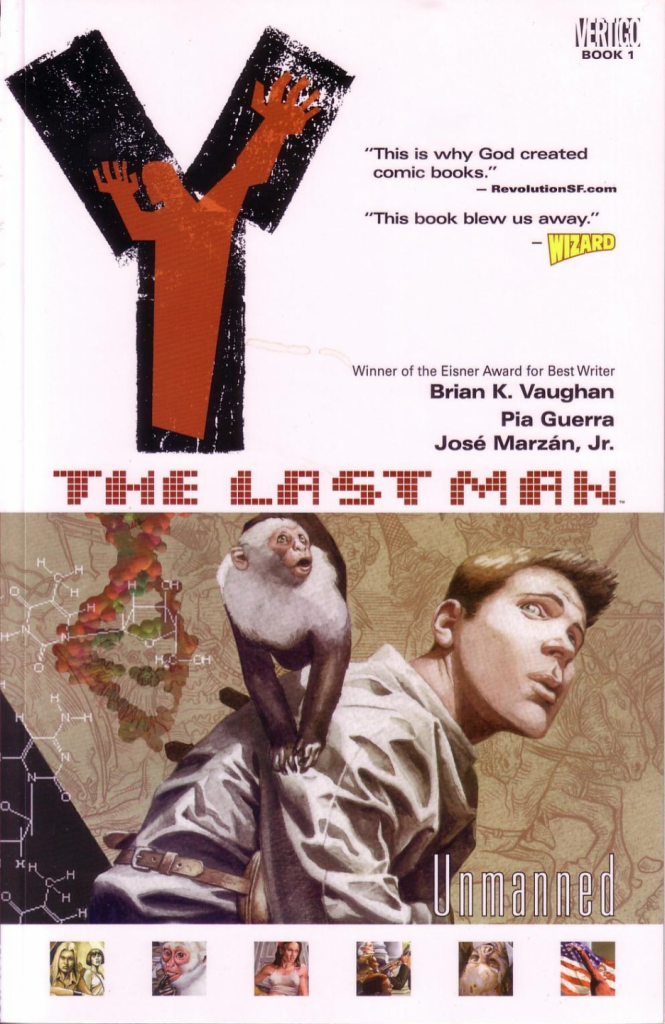
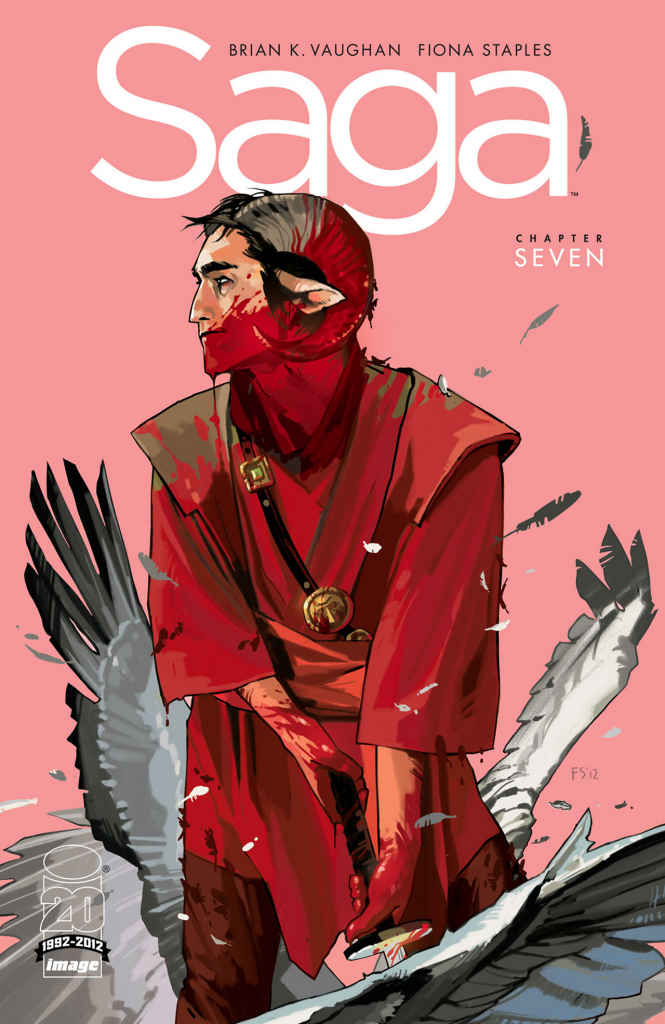
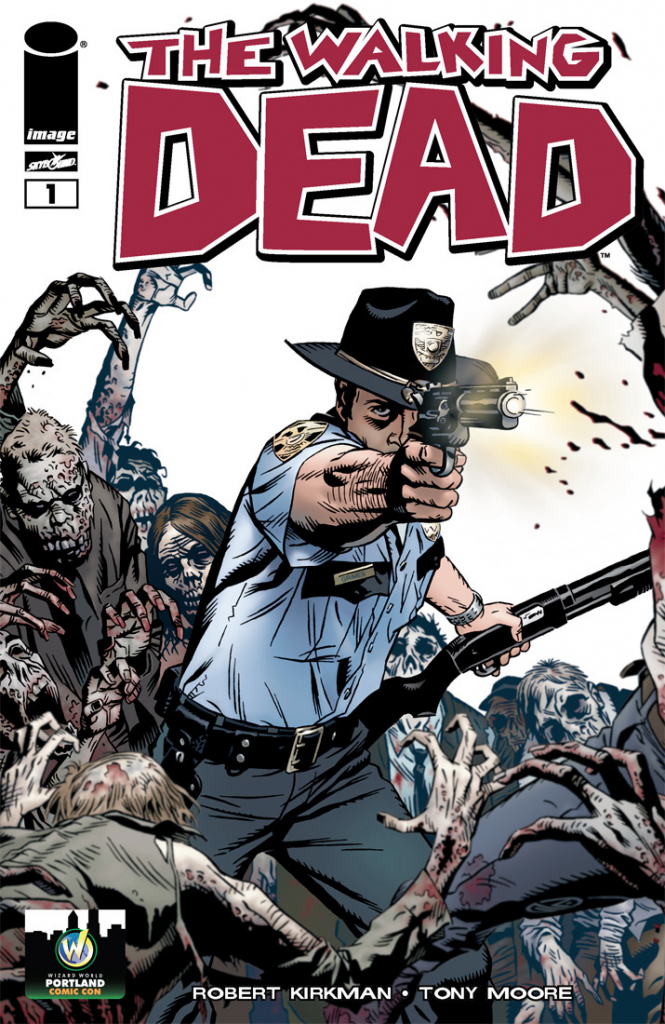
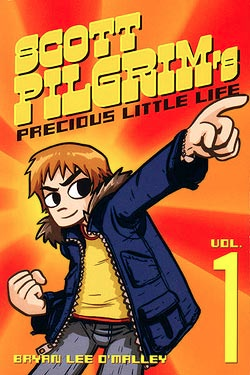
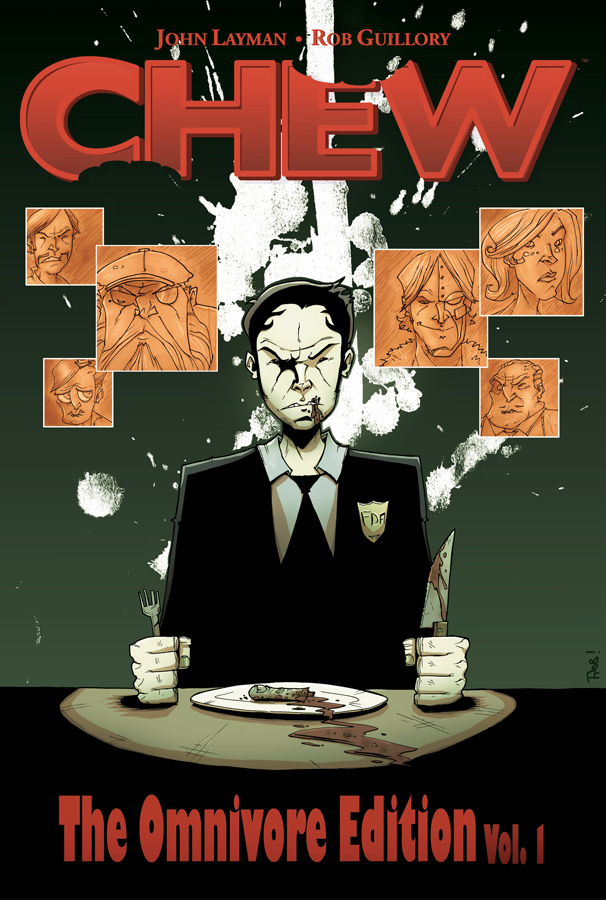
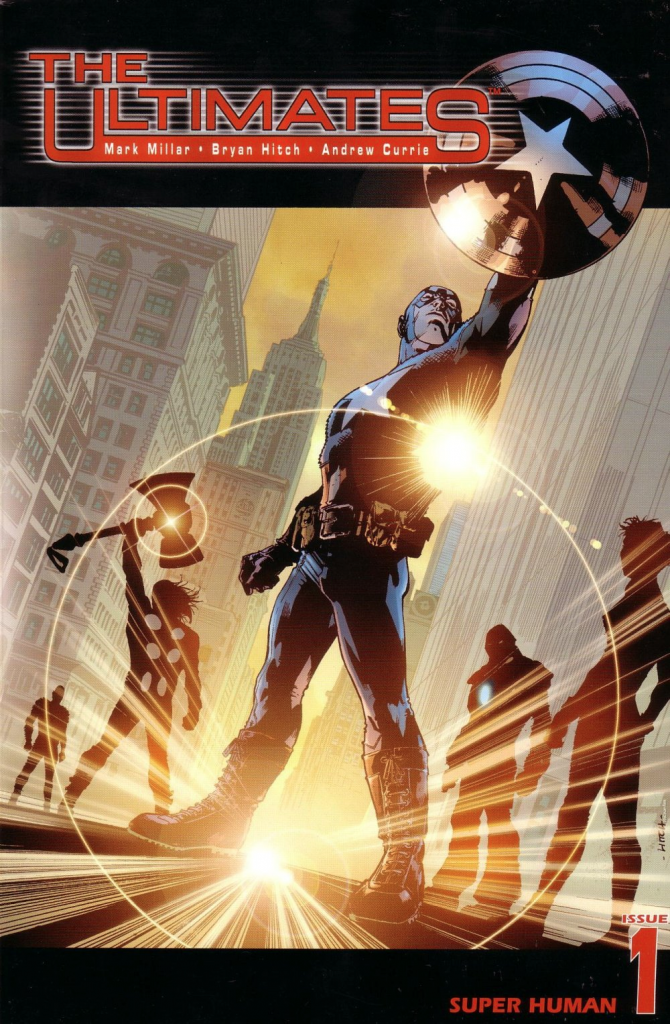
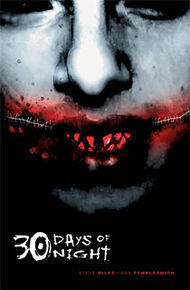
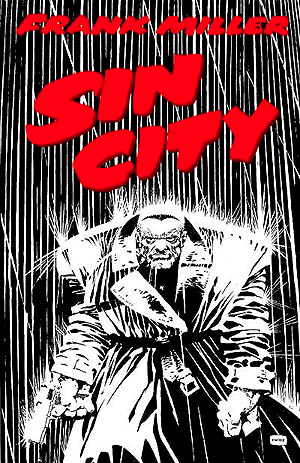
Hey look. No mention of any artist names. How typical. The people who run this website sure know how comics work. The writer makes all of the decisions and the artist is interchangeable.
First of all, thank you for pointing out that oversight. The names of the artists should not have been omitted and have since been added to the article. If I may speak to Kevin’s intentions, he’s approaching comics from the position of a writer so this was a case of things unintentionally slipping through the cracks. I should have caught the omission but was focused on grammar when I edited this. Ultimately, this is my responsibility and I will take extra care to make sure that this doesn’t happen in the future.
All of which is to say, please don’t assume sinister intent behind things like this. I’m an artist and providing appropriate credit is one of the things I feel very strongly about.
Sorry for the snark. This is a pretty big issue with the comics media, so I got especially annoyed considering your website’s intent. Everyone seems to forget that artists are storytellers first and foremost. In all of these cases, the comics would be completely different without the artist. (Hitch and Millar regularly had 5 hour conversations about the story of Ultimates, Layman originally intended Chew to be a drama before he met Guillory, Vaughan states that much of the sensibilities of the world building came from Staples, ect. Ect.)
I understand where you’re coming from, believe me. Please stick with us, I promise you we’re doing this because we care about all forms of storytelling, including art. Can’t have a comic without it, obviously!
Great list, and i agree with your idea on starting out with some slightly more beginner level books, as an introduction to the genres (and studying the art of comic book creation). When considering Watchmen i think a great place to start with Moore is The League of Extraordinary Gentlemen.
Thanks, Josh! That’s exactly what I was thinking – introducing new readers to great writers and artists through some of their less profound work is key.
Great list. I love the idea for the post as well. If any other comics come to mind with particularly interesting lessons to be learned from them I would be interested to read about it.
A couple of other titles that I would recommend would be Stray Bullets, Which has beautiful character moments, great examples of involving a complex story over time, as well as a model for how artists can tell a story effectively using very little as far as page design. Also, Cerebus uses an enormous amount of experimentation with varying degrees of success, the lettering in that book in particular is worth recommending it for. I know that sounds like a very strange thing to say but it’s true.
Stray Bullets is GREAT! Lapham is the man!
Stray Bullets is crazy cool and will definitely be making one of my lists here soon! Cerberus I’m familiar with, but I haven’t actually read much of it. I love watching how different creators utilize lettering (among other things) as a part of the story’s overall message. I’ll definitely give it a look!
Kevin, thank you for providing this list. Some artists and story tellers I’ve heard of, some I haven’t, so I look forward to the paths you’ve opened up.
I also really appreciate this: “When you’re reading these comics, do so not as a consumer, but as a comic creator.” It’s hard, sometimes, to keep this in mind when you read fantastic stuff like the stories you’re suggesting.
Thanks, Kevin, for the great read, suggestions, and tips. I look forward to all of it.
I don’t know if you’re familiar with the Sweet Tooth series by Jeff Lemire, but, WOW. Serious great storytelling. Really great stuff.
Thanks for these articles. I’m a fan of great storytelling and am enjoying seeing the process.
I am IN LOVE with everything Jeff Lemire – Essex County is one of my favorite works. After I read Lemire, and everything by Craig Thompson, my goals within comics definitely shifted to aspiring to do more works in that vein.
Man! I keep seeing Sweet Tooth pop up on Comixology, but they sell only the individual issues. I think I’m going to break down and buy the volumes on Amazon…The story sounds so crazy, I need to read it!
For those on a budget and for those looking for the origins and development of comics as a medium of study, I suggest the Digital Comic Museum at digitalcomicmuseum.com They host files of thousands of Golden Age comic scans that have fallen into the public domain. You can read Romance, Crime, Horror, Sci-Fi, Superhero, Sports, and Humor Comics and Newspaper Strips form the pioneers of the field right on the site. It is probably one of the finest comic resources I’ve found.
This is awesome! Thanks so much for throwing this out there, Bruce!
How about webcomics? Which webcomics would you recommend?
I would highly recommend Daniel Warren Johnson’s Space Mullet (http://www.space-mullet.com/ ) and Little Guardians by Lee Cherolis and Ed Cho (http://www.littleguardianscomic.com/comics/the-prologue/prologuecover/). Also, pretty much all of the stuff on Mark Waid’s Thrillbent website is awesome!
i would recommend new creator owned comic books (made within the last 10 years or so). People should also devour European and Japanese (and Korean) comics (reading manga is super easy, thanks to all the online manga reading sites, so there’s no excuse not to).
Also this might depend on your personality, but i get tons of more motivation to actually do a comic book after reading an interesting story with crappy execution, than something that was near flawless. So if you are like me, you should go and read some webcomics too! 😛
For example look at the original OnePunch Man webcomic, its crudely drawn, the dialogue is far from perfect, and despite all of that its still interesting!
PS: Instead of Watchmen maybe read Nowhere Men. It features newspaper articles and interviews of the main characters like watchmen, but unlike watchmen its much easier and fun read (i never managed to read watchmen to the end, the storytelling was just too ponderous and literary for me) it also has better looking art 😀
You should also be reading prose, IMHO. Good prose, bad prose, great prose, competent prose. You will learn things about storytelling and character on a more sophisticated level than what most comics can teach you; the bar for writing in comics has been raised a lot in recent times, but it’s generally still kind of… okay, at best.
It is also immensely worth reading outside of American comics. Things have gotten more diverse in influences – Scott Pilgrim, for instance, clearly wears O’Malley’s manga influence on its sleeve – but it’s eminently worth digging into stuff that no American publisher would ever touch. I’ve been reading a bunch of utterly insane, fully-painted French comics lately, for instance; the storytelling rhythms are fascinatingly alien to someone raised on the US 80s B&W boom like myself.
Also you should read anything by Matt Howarth you can scrounge up because he is the unsung American answer to Moebius, in my possibly biased opinion.